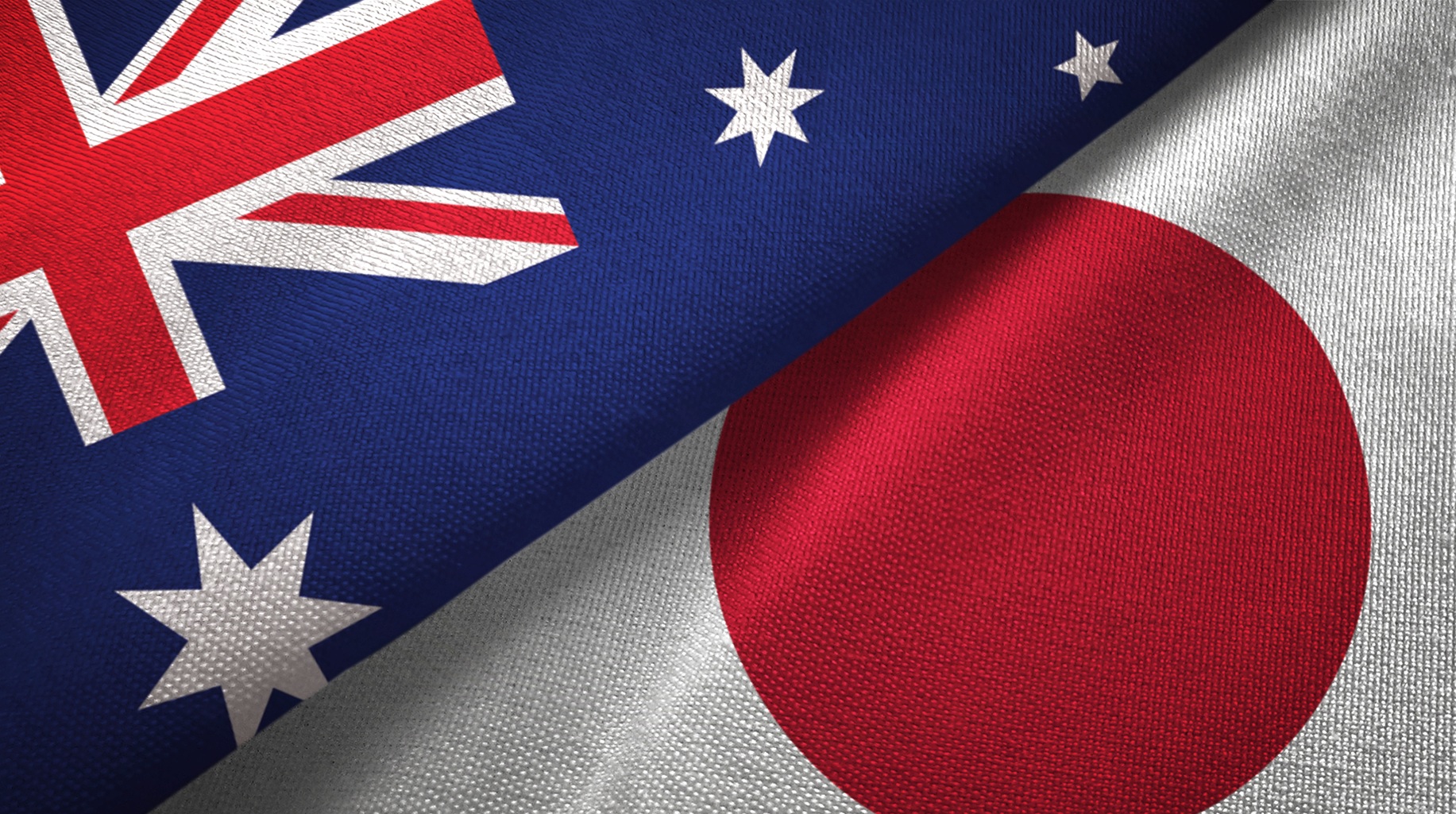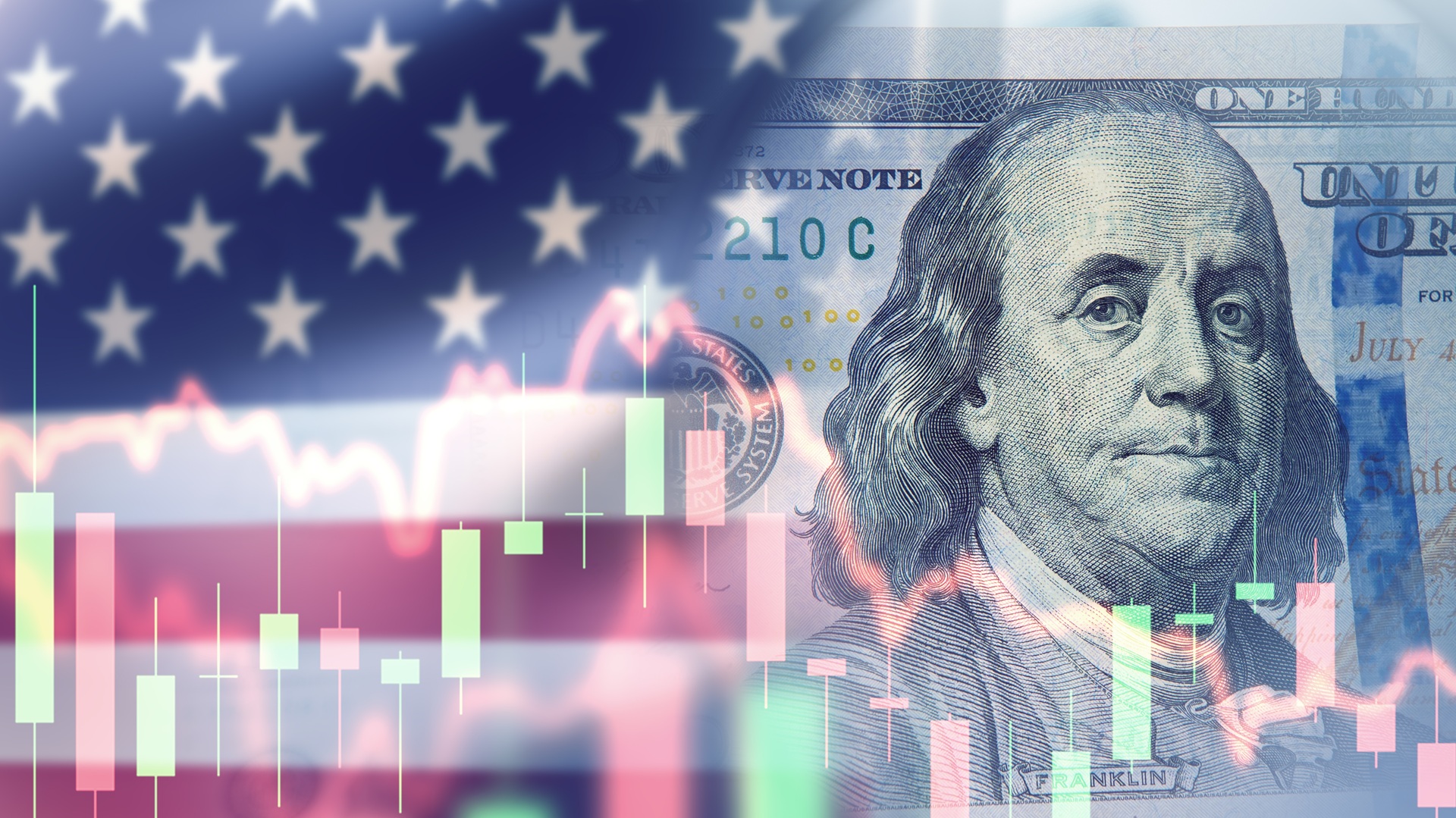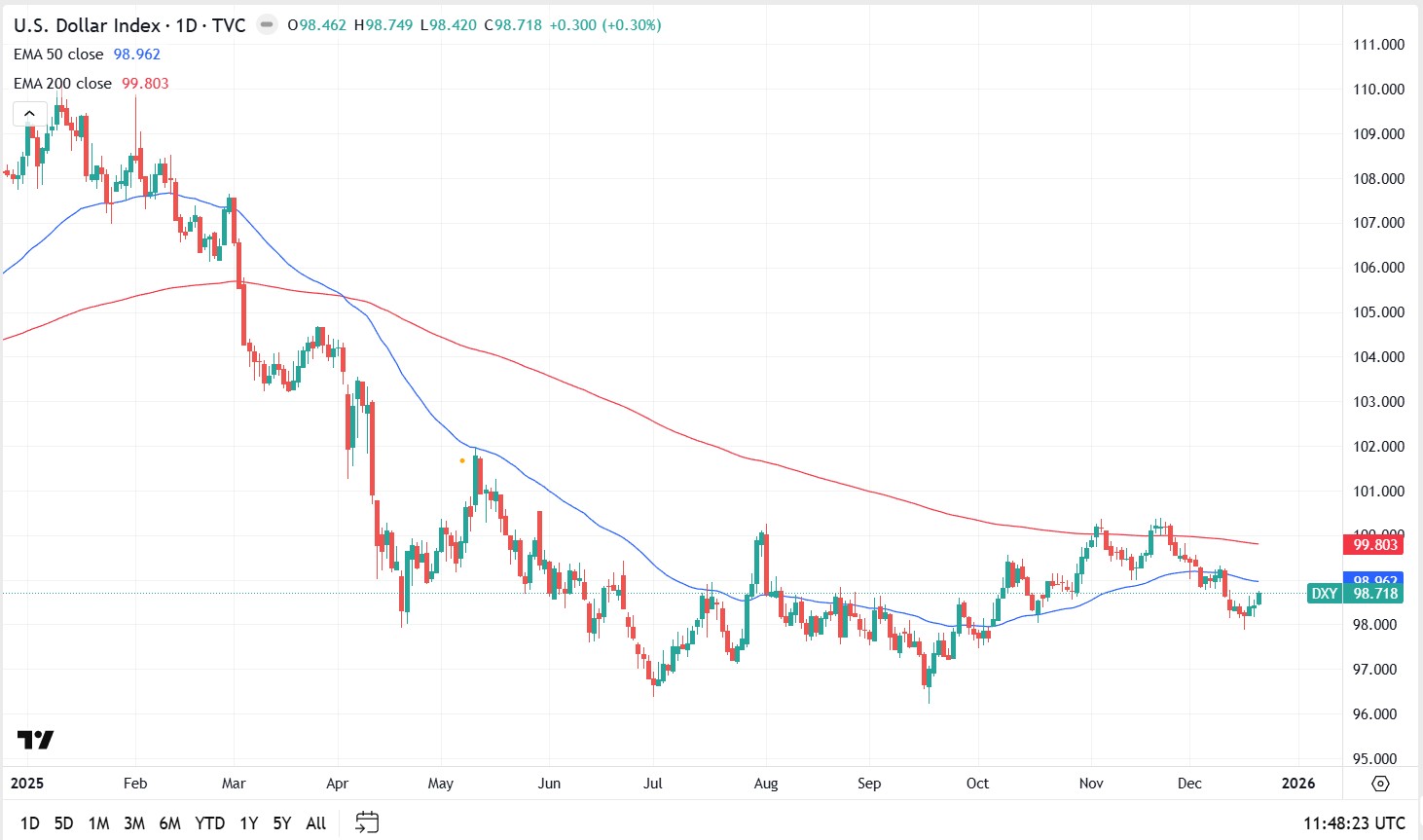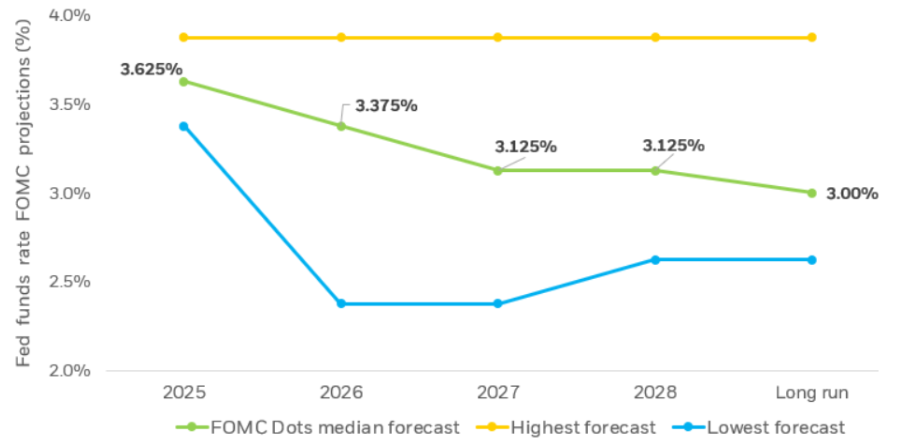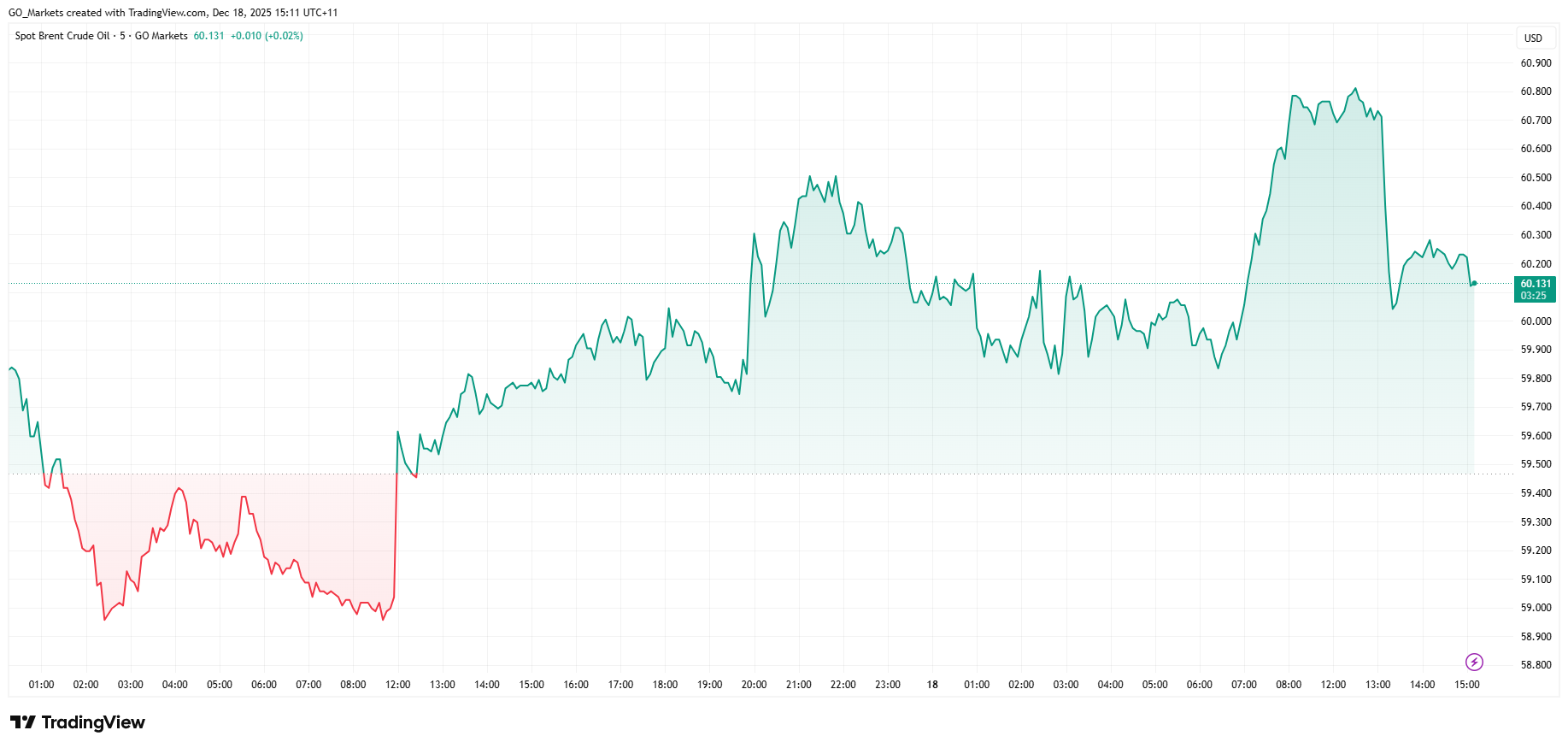The US Dollar is the most traded currency in the world and paired with all other major currencies. It acts as the intermediary in triangular currency transactions, held by almost every central bank around the world. Unofficially, US Dollar utilization occurs in over 30 countries worldwide and officially; it gets used as a legitimate currency in eight other places around the world.
Let’s find out who those countries are. East Timor East Timor is a sovereign state in Maritime Southeast Asia, north of Australia. It became a sovereign state on 20th May 2002.
Capital: Dili Population: 1,242,000 (2017) Official language(s): Tetum, Portuguese Gross Domestic Product (GDP): $2.9 billion (2017) Ecuador Another country that uses the US Dollar as an official currency is Ecuador. The South American nation adopted the US Dollar as the official currency in January 2001. It is the seventh largest economy in South America, and it is also a member of Organization of the Petroleum Exporting Countries (OPEC).
Capital: Quito Population: 16,390,000 (2016) Official language: Spanish Gross Domestic Product (GDP): $103 billion (2017) El Salvador El Salvador, the smallest and the most densely populated country in Central America is another country that is using US Dollar as an official currency. It has the largest economy in Central America and the only Central American nation without a Caribbean coastline. Capital: San Salvador Population: 6,345,000 (2016) Official language: Spanish Gross Domestic Product (GDP): $24 billion (2017) Palau Historically knows as Belau, Palaos and Pelew the country is made up from around 340 islands and is located in the western Pacific Ocean.
It is the 180th largest country in the world at 465 square kilometres, and it has one of smallest economies in the world. Capital: Ngerulmud Population: 21,503 (2016) Official language(s): English, Palauan Gross Domestic Product (GDP): $291 million (2017) Marshall Islands The Republic of the Marshall Islands is an island country near the equator in the Pacific Ocean. It is worlds 189th largest country regarding land area with 181 square kilometers.
The islands have a few natural resources, and their imports far exceed their exports. Capital: Majuro Population: 53,066 (2016) Official language(s): English, Marshallese Gross Domestic Product (GDP): $199 million (2017) Micronesia The Federated States of Micronesia is an independent sovereign nation and the United States associated state, so it is no surprise they use the Dollar as an official currency. The area is made up from around 600 islands, and it does not share any land borders.
Capital: Palikir Population: 104,937 (2016) Official language: English Gross Domestic Product (GDP): $336 million (2017) Panama Officially known as the Republic of Panama is a country in Central America bordering Columbia and Costa Rica. Panama has two official currencies – Panamanian Balboa (PAB) and the US Dollar. Since 1904, the Dollar has circulated in the Central American nation.
Capital: Panama City Population: 4,043,000 (2016) Official language: Spanish Gross Domestic Product (GDP): $61 billion (2017) Zimbabwe Zimbabwe is a landlocked country in the south of Africa, bordering Zambia, Mozambique, Botswana, and South Africa. The African nation experienced significant economic downfall under their previous president Robert Mugabe, and their currency was virtually worthless. In 2008, in the midst of a financial crisis, Zimbabwe got rid of their money and adopted the American Dollar.
Capital: Harare Population: 16,150,000 (2016) Official language(s): 16 languages including English, Chewa, and Shona Gross Domestic Product (GDP): $17 billion (2017) By Klāvs Valters ( Market Analyst) This article is written by a GO Markets Analyst and is based on their independent analysis. They remain fully responsible for the views expressed as well as any remaining error or omissions. Trading Forex and Derivatives carries a high level of risk.




